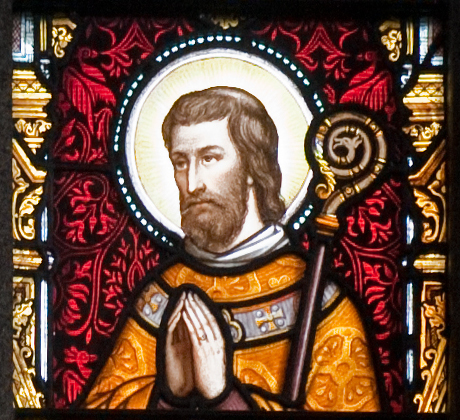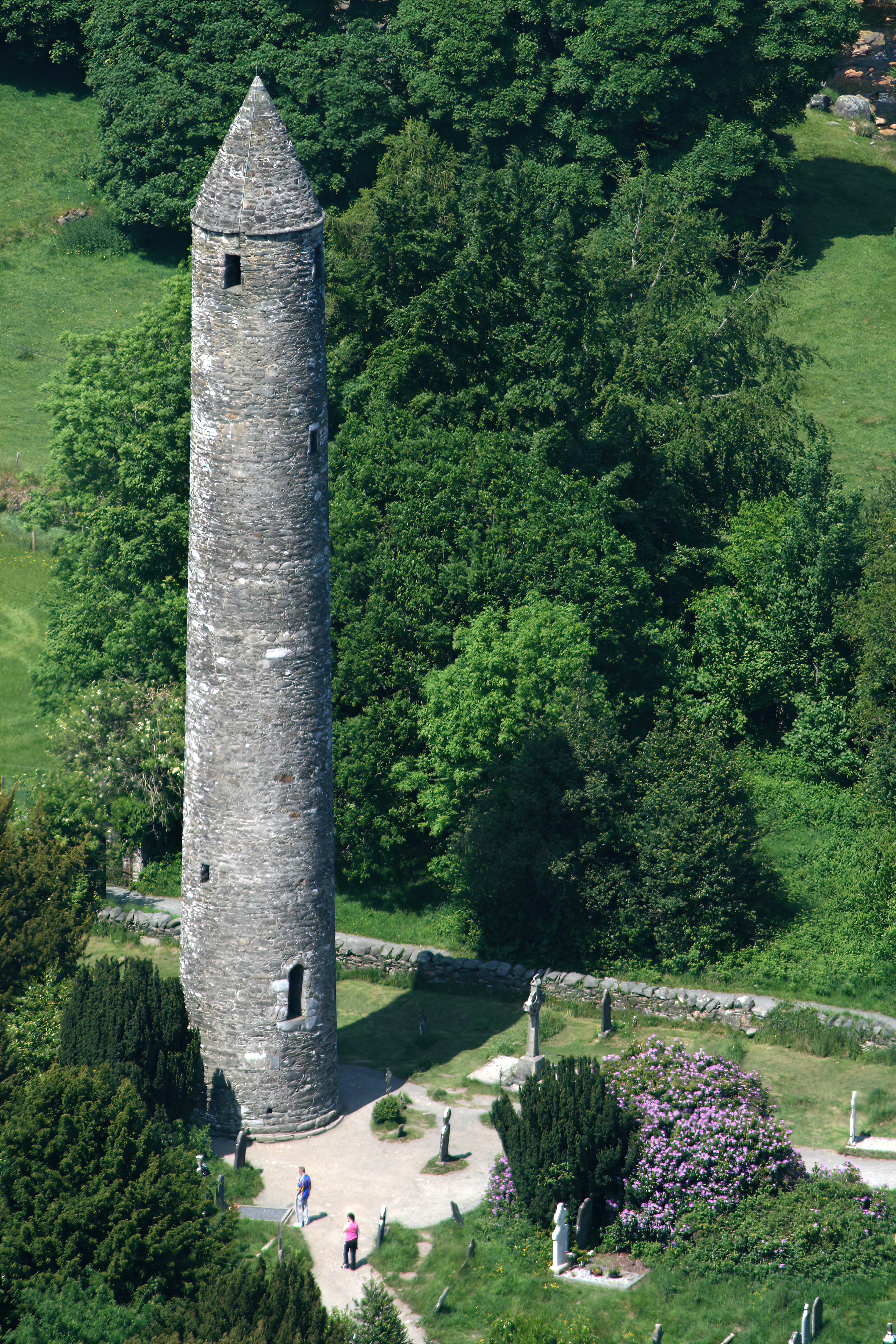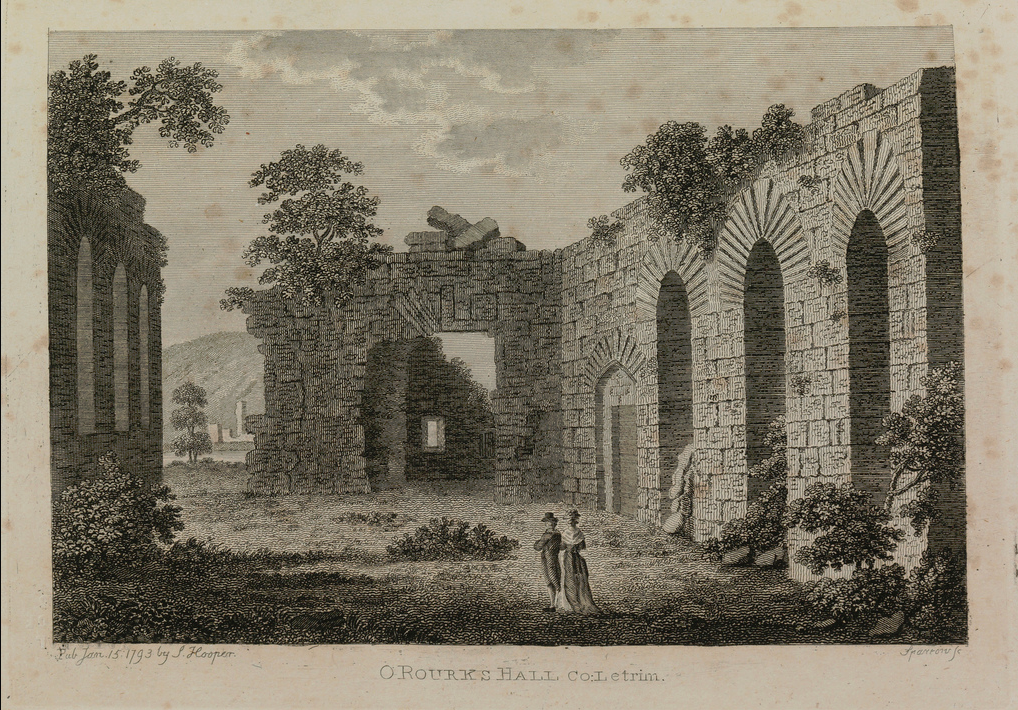|
Drumlane
Drumlane () is a townland situated near the village of Milltown, area 85.76 hectares (211.93 acres), in County Cavan, Ireland. Drumlane is also the name of the civil parish in which the townland is situated. Saint Columba brought Christianity to Drumlane in 555, and Saint Máedóc of Ferns was the patron saint of Drumlane Abbey. Saint Máedóc made the Connachta nobleman Faircheallaigh the first Abbot of Drumlane in the 7th century and his Ó Faircheallaigh descendants were historically the Abbots of Drumlane. The name Drumlane denotes the drumlin region of low hilly ribbed moraines formed over a limestone bedrock created by the movement of glacial ice and melt water during the last ice age. Several townlands in the neighbourhood are prefixed with the word 'Drum', while several others are prefixed with the word 'Derry', which is Irish for oak. History There is recorded evidence of people living and farming around the neighbourhood of Drumlane for over two thousand years. T ... [...More Info...] [...Related Items...] OR: [Wikipedia] [Google] [Baidu] |
Farrelly
Farrelly is an anglicised form of Ó Faircheallaigh, a family name of the Irish nobility from County Cavan. The patronym means "descendant of Faircheallaigh", whose name means "super war". Faircheallaigh was the son of Ailill, a 7th-great-grandson of Niall, King of Ireland. He was made the heir of Saint Máedóc of Ferns in the 7th century and his Ó Faircheallaigh descendants were the hereditary guardians of Drumlane and keepers of the cult ''Breac Moadhog'' shrine reliqaury for 7 centuries until David Ó Faircheallaigh became Bishop of Kilmore. The surname was anglicised on emigration across the Anglosphere, where Major Patrick Farrelly (m. Elizabeth Mead) founded the Farrelly political family of Pennsylvania with his son David Farrelly, author of the third Pennsylvania Constitution (1836); and General Terrence Farrelly was the first judge of Arkansas County, Speaker of the General Assembly of Arkansas Territory and author of the first Arkansas Constitution (1836); ... [...More Info...] [...Related Items...] OR: [Wikipedia] [Google] [Baidu] |
Milltown, County Cavan
Milltown (),. is a small Co. Cavan village estimated population of around 100 persons. During a nineteenth century O'Donavan townlands survey of Co. Cavan it was noted that the Milttown area was traditionally referred to as ''Bellanaleck'' (''Beal Atha Na Leice'' - the mouth of the ford of the flagstone), there are no other records with this name. The ''Archaeological Inventory of County Cavan'' notes ''(507) Derrygeeraghan'' , a raised circular ''Rath'' area with two substantial earthen banks and a wide deep fosse dating from earlier medieval times. The present Milltown Electoral Division and catchment area comprises several neighboring townlands within an ancient Barony of Loughtee Lower, Co. Cavan and Drumlane Civil Parish in County Cavan, Ireland. Milltown Village History The earliest mention of a Milltown village land area can be found in the register of deeds dated to 1725. It refers to " ''that house and farm commonly known and referred to as Milltown situated in ... [...More Info...] [...Related Items...] OR: [Wikipedia] [Google] [Baidu] |
Máedóc Of Ferns
Saint Máedóc of Ferns (; 6th & 7th century), also known as Saint Aidan ( ga, Áedan; cy, Aeddan; la, Aidanus and '), or Saint Mogue ( ga, Mo Aodh Óg), was an Irish saint who was the first Bishop of Ferns in County Wexford and the founder of thirty churches. His birth name was Áed, the name of the Irish god of the underworld, meaning "fire". The name Aidan is a diminutive form of Aed or Aodh, and was also a form of the Latin name Dominus. Máedóc and Mogue are other pet forms of Aed or Aodh, formed from the Irish affectionate prefix ''mo-'' and the diminutive suffix ''-óg'', meaning "young", making for something like "my dear little Aodh".Baring-Gould, Sabine & al''The Lives of the British Saints: The Saints of Wales and Cornwall and Such Irish Saints as Have Dedications in Britain'', Vol. I, pp. 122 ff Chas. Clark (London), 1908. Hosted at Archive.org. Accessed 18 Nov 2014. In some Welsh sources, he is known by the more colloquial epithets ... [...More Info...] [...Related Items...] OR: [Wikipedia] [Google] [Baidu] |
East Breifne
The Kingdom of East Breifne or Breifne O'Reilly ( sga, Muintir-Maelmordha; ga, Bréifne Uí Raghallaigh, ) was an historic kingdom of Ireland roughly corresponding to County Cavan that existed from 1256 to 1607. It took its present boundaries in 1579 when East Breifne was renamed Cavan, after Cavan town, and shired into Ulster. Originally part of the older Kingdom of Breifne, East Breifne came into existence following a protracted war between the ruling O'Rourke clan and the ascendant O'Reillys which culminated in the division of the kingdom in 1256. The Kingdom was ruled by the dynasty of the Ó Raghallaigh ( O'Reilly) and lasted until the early 17th century. Origins and etymology The area of modern-day east County Cavan has been inhabited for over 5,000 years. The O'Reilly are descendant from a kin-group known as Uí Briúin, who settled the east Breifne area in the eighth century AD. At some point they splintered off from the Uí Briúin sept and became known as Muintir-Ma ... [...More Info...] [...Related Items...] OR: [Wikipedia] [Google] [Baidu] |
County Cavan
County Cavan ( ; gle, Contae an Chabháin) is a county in Ireland. It is in the province of Ulster and is part of the Border Region. It is named after the town of Cavan and is based on the historic Gaelic territory of East Breffny (''Bréifne''). Cavan County Council is the local authority for the county, which had a population of 76,176 at the 2016 census. Geography Cavan borders six counties: Leitrim to the west, Fermanagh and Monaghan to the north, Meath to the south-east, Longford to the south-west and Westmeath to the south. Cavan shares a border with County Fermanagh in Northern Ireland. Cavan is the 19th largest of the 32 counties in area and the 25th largest by population. The county is part of the Northern and Western Region, a NUTS II area, and in that region, is part of the Border strategic planning area, a NUTS III entity. The county is characterised by drumlin countryside dotted with many lakes and hills. The north-western area of the county is sparse ... [...More Info...] [...Related Items...] OR: [Wikipedia] [Google] [Baidu] |
Irish Round Tower
Irish round towers ( ga, Cloigtheach (singular), (plural); literally 'bell house') are early mediaeval stone towers of a type found mainly in Ireland, with two in Scotland and one on the Isle of Man. As their name indicates, they were originally bell towers, though they may have been later used for additional purposes. A tower of this kind is generally found in the vicinity of a church or monastery, with the door of the tower facing the west doorway of the church. Knowledge of this fact has made it possible, where towers still exist, to determine without excavation the approximate sites of lost churches that once stood nearby. Construction and distribution Surviving towers range in height from to , and to in circumference; that at Kilmacduagh being the highest surviving in Ireland (and leaning out of perpendicular). The masonry differs according to date, the earliest examples being uncut rubble, while the later ones are of neatly joined stonework (ashlar). The lower port ... [...More Info...] [...Related Items...] OR: [Wikipedia] [Google] [Baidu] |
West Breifne
The Kingdom of West Breifne (Irish ''Breifne Ua Ruairc'') or Breifne O'Rourke was a historic kingdom of Ireland that existed from 1256 to 1605, located in the area that is now County Leitrim. It took its present boundaries in 1583 when West Breifne was shired and renamed Leitrim, after the village of Leitrim, which was an O'Rourke stronghold. The kingdom came into existence after a battle between the ruling O'Rourke clan and the ascendant O'Reillys caused the breakup of the older Kingdom of Breifne and led to the formation of East Breifne and West Breifne. The kingdom was ruled by the O'Rourke clan and lasted until the early 17th century, when their lands were confiscated by England. Early history Formation In 1172, Tighearnán Ua Ruairc, the longtime Lord of Breifne and Conmaice, was betrayed and killed at Tlachtgha during negotiations with Hugh de Lacy, Lord of Meath. Tighearnán was beheaded, and his head and body was conveyed to the Anglo-Normans in Dublin, where it was ... [...More Info...] [...Related Items...] OR: [Wikipedia] [Google] [Baidu] |
Augustinians
Augustinians are members of Christian religious orders that follow the Rule of Saint Augustine, written in about 400 AD by Augustine of Hippo. There are two distinct types of Augustinians in Catholic religious orders dating back to the 12th–13th centuries: * Various congregations of Canons Regular also follow the Rule of Saint Augustine, embrace the evangelical counsels and lead a semi-monastic life, while remaining committed to pastoral care appropriate to their primary vocation as priests. They generally form one large community which might serve parishes in the vicinity, and are organized into autonomous congregations. * Several orders of friars who live a mixed religious life of contemplation and apostolic ministry. The largest and most familiar is the Order of Saint Augustine (OSA), founded in 1244 and originally known as the Hermits of Saint Augustine (OESA). They are commonly known as the Austin Friars in England. Two other orders, the Order of Augustinian Recollects ... [...More Info...] [...Related Items...] OR: [Wikipedia] [Google] [Baidu] |
Annals Of Clonmacnoise
The ''Annals of Clonmacnoise'' ( ga, Annála Chluain Mhic Nóis) are an early 17th-century Early Modern English translation of a lost Irish chronicle, which covered events in Ireland from prehistory to 1408. The work is sometimes known as ''Mageoghagan's Book'', after its translator Conall the Historian. Translation The Irish chronicle was translated into English, in the style of the Elizabethan period, in 1627 by Conall Mag Eochagáin, of Lismoyny (Co. Westmeath), near Clara, Co. Offaly. Mag Eochagáin dedicated this translation to his brother-in-law, Toirdhealbhach Mac Cochláin, whose family was among the last to uphold and practice native Irish Gaelic customs. The translation was completed on 20 April 1627, in the Castle of Lemanaghan in County Offaly. The original manuscript of Mag Eochagáin's translation is lost, but there are several copies of it in both the Library of Trinity College and in the British Museum. The original work was in Irish Gaelic. Mag Eochagáin ... [...More Info...] [...Related Items...] OR: [Wikipedia] [Google] [Baidu] |
O'Rourke
O'Rourke ( ga, Ó Ruairc) is an Irish Gaelic clan based most prominently in what is today County Leitrim. The family were the historic rulers of Breifne and later West Breifne until the 17th century. The O'Rourke Clan Chieftain is at odds with the O'Reilly Chieftain because both clans contest each other for the title Prince of Breifne. Newerkla, Stefan Michael (2020), Das irische Geschlecht O'Reilly und seine Verbindungen zu Österreich und Russland he Irish O'Reilly family and their connections to Austria and Russia In: ''Diachronie – Ethnos – Tradition: Studien zur slawischen Sprachgeschichte iachrony – Ethnos – Tradition: Studies in Slavic Language History'' Eds. Jasmina Grković-Major, Natalia B. Korina, Stefan M. Newerkla, Fedor B. Poljakov, Svetlana M. Tolstaja. Brno, Tribun EU, pp. 259–27(accessible online) here pp. 263–265. Naming conventions People O'Rourke may refer to several people: * O'Rourke (baseball), baseball player * Andrew O'Rourke, judge an ... [...More Info...] [...Related Items...] OR: [Wikipedia] [Google] [Baidu] |
O'Reilly
O'Reilly ( ga, Ó Raghallaigh) is a group of families, ultimately all of Irish Gaelic origin, who were historically the kings of East Bréifne in what is today County Cavan. The clan were part of the Connachta's Uí Briúin Bréifne kindred and were closely related to the Ó Ruairc (O'Rourkes) of West Bréifne. O'Reilly is ranked tenth in the top twenty list of most common Irish surnames. It is also the patronymic form of the Irish name Reilly (Irish Gaelic: ''Uí Raghaile''). The name is commonly found throughout Ireland, with the greatest concentration of the surname found in County Cavan followed by Longford, Meath, Westmeath, Fermanagh and Monaghan, and the Province of Leinster. Naming conventions Overview It is usually anglicised as Reilly, Riley, and O'Reilly. The original form of the name, Ó Raghallaigh, denotes "from/of Raghallach", the name Raghallach thought to be derived from the compounds ''ragh'' (meaning "race") and ''ceallach'' (meaning "sociable"). ... [...More Info...] [...Related Items...] OR: [Wikipedia] [Google] [Baidu] |
Gothic Architecture
Gothic architecture (or pointed architecture) is an architectural style that was prevalent in Europe from the late 12th to the 16th century, during the High and Late Middle Ages, surviving into the 17th and 18th centuries in some areas. It evolved from Romanesque architecture and was succeeded by Renaissance architecture. It originated in the Île-de-France and Picardy regions of northern France. The style at the time was sometimes known as ''opus Francigenum'' (lit. French work); the term ''Gothic'' was first applied contemptuously during the later Renaissance, by those ambitious to revive the architecture of classical antiquity. The defining design element of Gothic architecture is the pointed or ogival arch. The use of the pointed arch in turn led to the development of the pointed rib vault and flying buttresses, combined with elaborate tracery and stained glass windows. At the Abbey of Saint-Denis, near Paris, the choir was reconstructed between 1140 and 1144, ... [...More Info...] [...Related Items...] OR: [Wikipedia] [Google] [Baidu] |








.jpg)